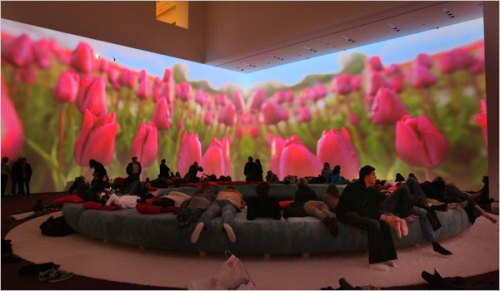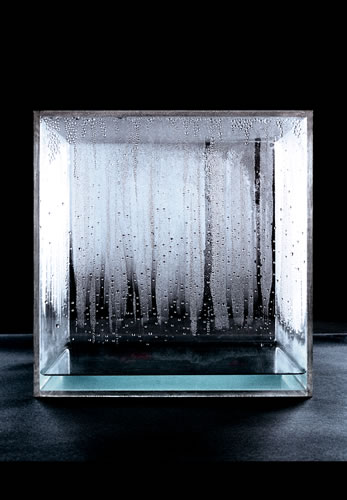Relationship between a medium and our senses. How this medium can change our way of perceive things in live situations.
We want to research the reception of information not using the recognized physical senses but by using a medium to create a extra-sense.
Before we go on with some examples we want to talk “Neuroplasticity”.
Neuroplasticity is the changing of neurons, the organization of their networks, and their function via new experiences.
A notable person in the field of Neuroplasticity was American neuroscientist Bach-y-Rita. He was one of the first to seriously study the idea of neuroplasticity and to introduce sensory substitution as a tool to treat patients suffering from neurological disorders.
In art a important figure in the field of sensory substitution was the Hungarian painter and photographer artist Laszlo Moholy-Nagy, as well as professor in the Bauhaus school. He was highly influenced by constructivism and a strong advocate of the integration of technology and industry into the arts.
Examples of artworks/artists:
1) Bone Conduction
2) Glissando by Ulla Rauter
3) Stimuline
4) Pour Your Body Out (7354 Cubic Meters)” by Pippiloli Rist








